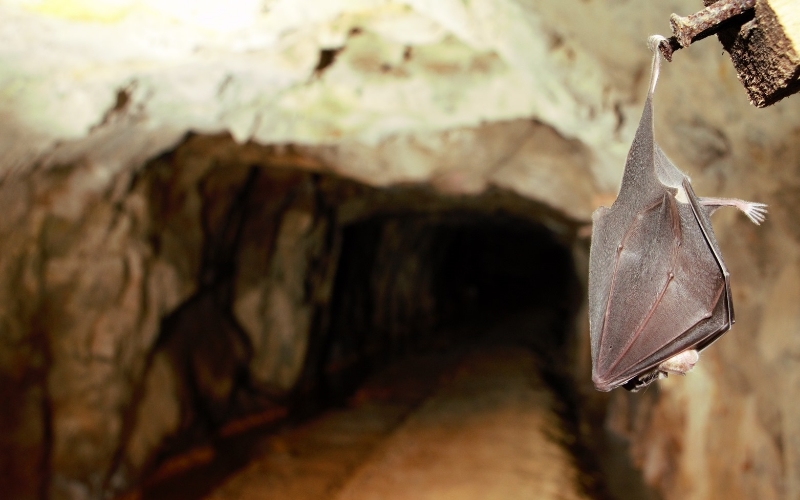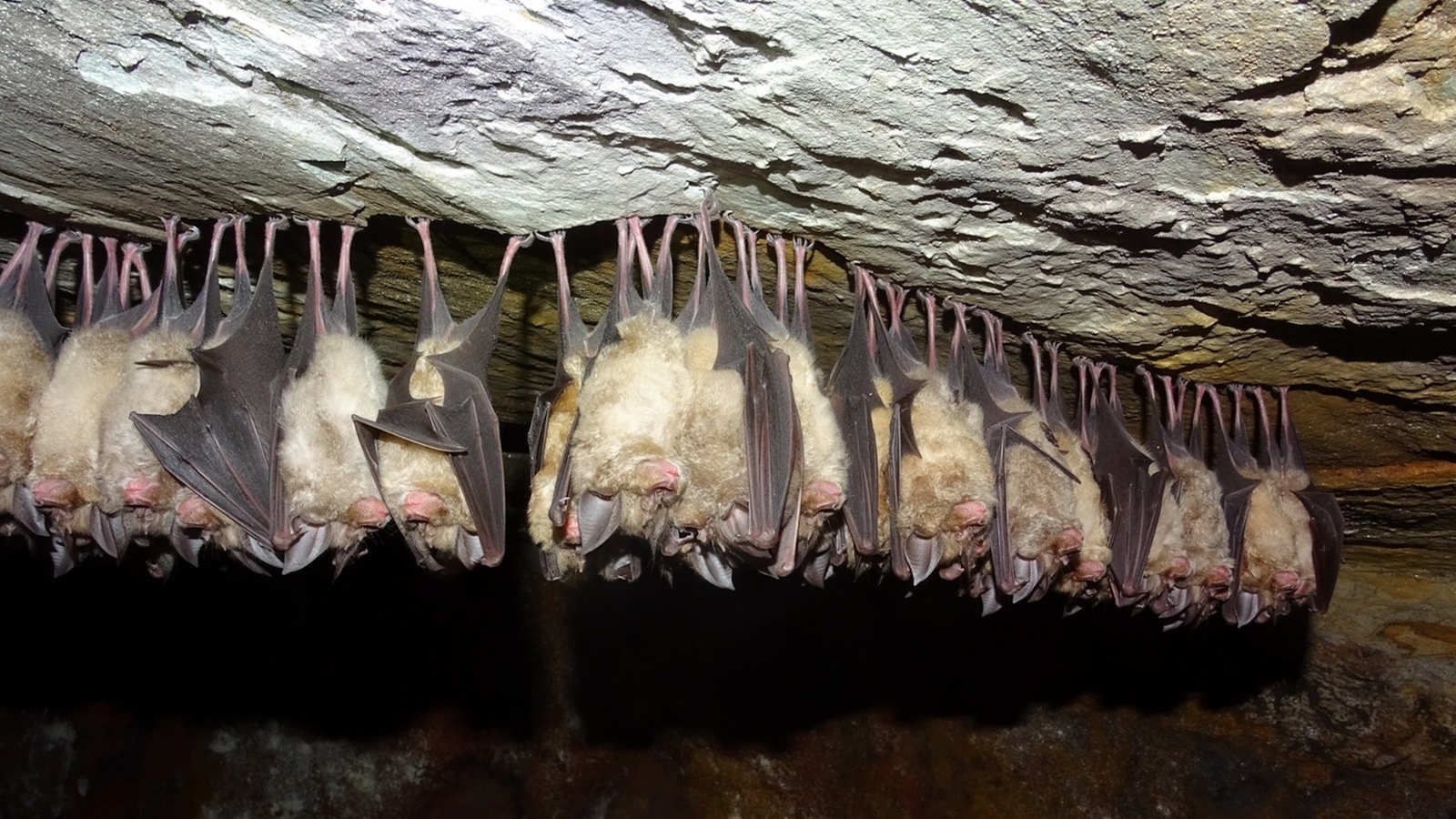Why do bats roost upside down?
A naturalist in the Gulbenkian Garden
So why do these mammals choose to roost upside down? Paulo Barros, a researcher at the University of Trás-os-Montes and Alto Douro (UTAD), has the answer.
What may seem strange to us, makes perfect sense for a bat: roosting upside down is more effective and involves less energy expenditure. “On the one hand, evolutionarily, bats’ powerful upper limbs, that are so essential for their mobility, have improved over time. On the other hand, the capacity of their lower limbs has been decreasing, to the point that they have great difficulties in standing upright”, explains Paulo Barros. “Therefore, and unlike birds that take off by propelling themselves with a jump (performed by the driving force of their legs), bats need to be in high places and upside down (a position that does not involve any energy expenditure for bats) to allow themselves to drop and start flying.”

So, if we now realize that, after all, this an excellent option, how do bats manage to roost like this, without falling? These fantastic animals, which at this time of year we can see flying over the Gulbenkian Garden at the end of the day, have found an ingenious solution: a tendon locking mechanism. “Unlike us humans, with our naturally relaxed limbs which we have to force to close our hands, for example, bats’ fingers on their lower limbs contract naturally and have to be forced to let go,” adds the researcher .
This tendon locking mechanism “causes the claws of the paws to remain closed when bats are relaxed.” Also, as the tendon system of bats is inverted, “when they sleep upside down, their own weight causes the claws of the lower limbs to contract even more, so they don’t need to expend any energy to hold on and hang”. They only require energy to let go.
It’s a behaviour that brings only advantages to bats. Another is that it makes life difficult for predators. “By sleeping upside down in high places, such as the roofs of houses, mines or caves, bats reduce the chances of being preyed upon, especially when they are most vulnerable, such as during hibernation or reproduction. “This roosting strategy is therefore adopted both during the activity season, in the mildest and hottest months of the year, as well as during the hibernation season. One thing that is certain, however, is that not all species of bats sleep upside down, hanging from ceilings.
Other species, such as the Pipistrelle bats that shelter under roof tiles and in cracks in buildings, even if they are only a few millimeters wide, “may roost in other positions that are inclined or even horizontal but they tend to be in an inverted position (with their head in a lower position). This is the position that consumes less energy in bats and therefore, the one they prefer”.


